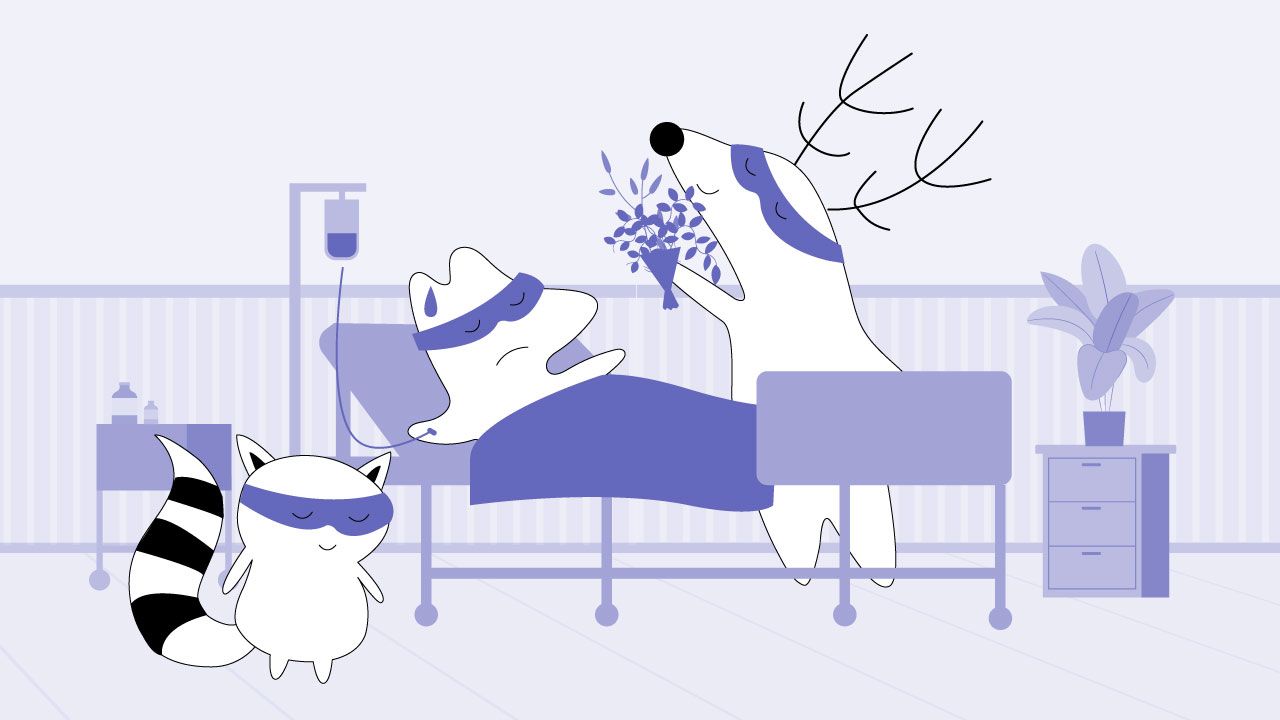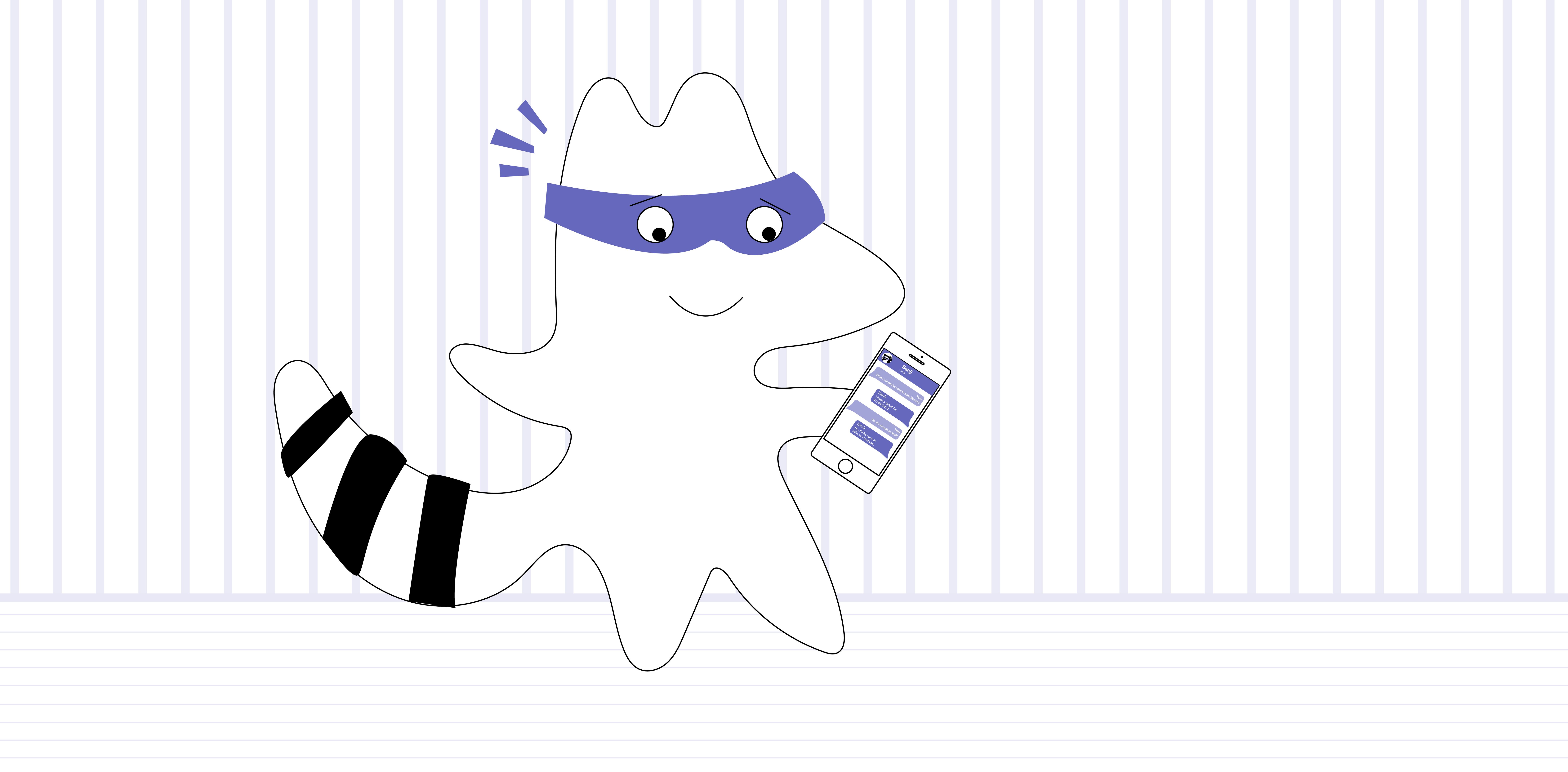
When you’re speaking a foreign language, there are always a few words that give you trouble. You may know how to say “hello,” “thank you,” and “goodbye,” but when it comes to more specific vocabulary, things can get a little tricky.
If you want to be able to describe someone's physical appearance or talk about your own body, knowing the French words for body parts is essential. Learning this vocabulary will come in handy if you’re visiting France (or another French-speaking country), whether you need something health-related or simply want to get a manicure or a massage.
In this article, let’s learn some basic French vocabulary regarding body parts and boost your speaking skills a bit. Read on!
Learn French with Langster
Les Parties du Corps – Body Parts
The first step to learning this vocabulary is getting familiar with the most commonly used parts of the body. Here are the words that you might want to start with:
French
English
le corps
body
la partie du corps
body part
la tête
head
le visage
face
les yeux
eyes
la bouche
mouth
les dents
teeth
la dent
a tooth
la nez
nose
l’oreille
ear
les cheveux
hair
le cou
neck
le dos
back
le ventre
stomach
la jambe
leg
le genou
knee
le pied
foot
le bras
arm
la main
hand
le doigt
finger
How to Use Body Parts Vocabulary in a Sentence
Just knowing the vocabulary is not enough for using it correctly in speech. There are some important rules you need to learn first.
Of course, even if you form the sentence incorrectly, the French person you’re talking to will most probably understand what you mean. However, if you want to become fluent in the French language, being able to use correct vocabulary and grammar together is essential.
So, here are some rules that will help you talk about your body in French properly:
French Body Parts with Articles
Just like other French nouns, all body parts in French need to be used together with articles. For example:
French
English
J'ai les cheveux bruns et les yeux bleus.
I have brown hair and blue eyes.

This is important to remember, especially if you are a native English speaker, since in English, body parts in the plural form are used without an article.
Also, when learning French body parts, pay attention to the gender and number of nouns. For example, the word hair, les cheveux, is always plural, unlike in English.
Body Parts with Reflexive Verbs
It might seem logical that, just like in English, we would say something like “I’m washing my face” in French. However, in the French language, it’s more common to use a reflexive pronoun combined with a definite article, and not a possessive adjective, when talking about someone doing something to their body.
For example:
French
English
Je me lave le visage
I wash my face.
Elle s'est cassé le bras, malheureusement.
She broke her arm, unfortunately.
When we’re using regular verbs, it’s also correct to use just the definite article:
French
English
J'ai levé la main.
I raised my hand.
And, this rule is used not just with human body parts, but also with animal ones:
French
English
Mon chien remue la queue quand il est heureux.
My dog wiggles his tail when he's happy.
Of course, if we’re talking about someone’s body part specifically, we would use a possessive adjective and not an article:
French
English
Pourquoi ta main est-elle cassée ?
Why is your hand broken?
Ses cheveux sont si bouclés !
Her hair is so curly!

Saying That Something Hurts
When talking about physical health in French, you can use three constructions for different types of issues.
To Have an Ache
- avoir mal à + definite article + body part
French
English
J'ai mal à la tête.
I have a headache (my head hurts).
This is the most common way to say that something hurts in French. You can use this construction with any body part, just remember about the article contractions with the preposition à.
French
English
J'ai mal aux dents.
I have a toothache.
J'ai mal au dos.
My back hurts.

To Hurt Oneself
- se faire mal à + definite article + body part
French
English
Je me suis fait mal au genou hier.
I hurt my knee yesterday.
You can use this construction to say that you did something to yourself – the focus here is on the act of hurting oneself. Most often, it’s used in the past tense, but you can also use it in the future tense to warn someone.
French
English
Ne frotte pas trop, tu vas te faire mal au visage.
Don't scrub too much, you'll hurt your face.
To Break Something
- se casser + definite article + body part
French
English
Je me suis cassé la jambe en faisant du ski.
I broke my leg when skiing.
Finally, this construction is used when talking about more serious injuries, like when you break a body part. You can also use this construction both in the past and the future tense.
French
English
Ne monte pas trop haut, tu vas tomber et te casser le cou !
Don't climb too high, you'll fall and break your neck!

Bottom Line
As you can see, there are a few different ways to talk about your body in French. Just remember to use articles and proper grammar constructions when talking about body parts, and you’ll be speaking like a native in no time.
Remember that learning French can seem challenging at first, but it's definitely doable if you're willing to put in the work. By following these tips for talking about your body in French, you'll be ready to communicate all of your thoughts on physical health – both minor aches and serious injuries – with ease. Good luck!









